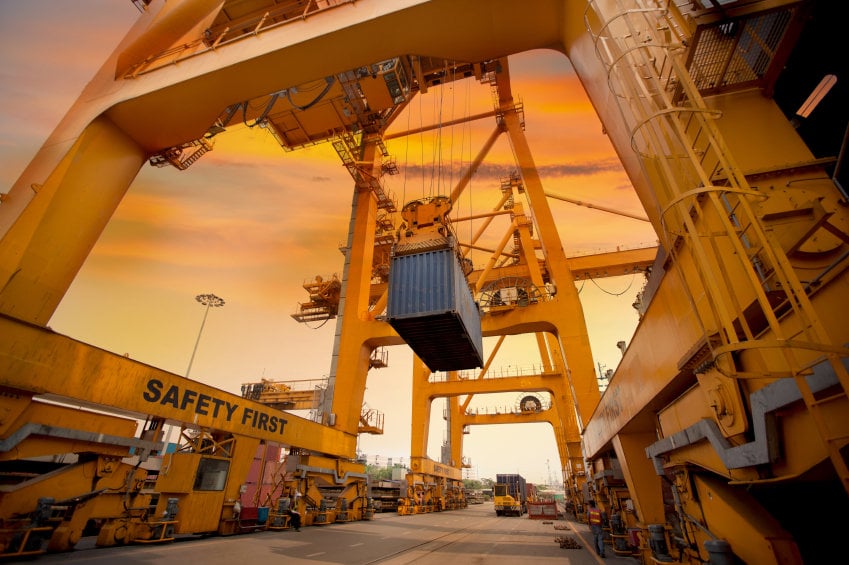As a person who has been in shipping business close to 15 years, I am amazed with the fact that how the perishable commodities are getting moved around the world and reaches us in different forms from chocolates to fruits and medicine.
We had an article in the past about reefers more about on their technical ways of how they work and how they benefit particularly on the products getting moved. I will be focusing today more on how do you actually plan, load and ship your cargo in reefers.First, we need to give certain facts to show how big reefer container business is. In 2012 more than 2.7 million FEUs of reefers moved around the world. Meat/Poultry had lead this commodities with 18 % market share, which followed by seafood and bananas.
There are very important differences in supply chain of shipping reefer containers and shipping dry containers.
First, just to make it clear, reefers are not refrigerators; they are not supposed to cool down your product. So, the very first important point to understand is, reefers are there for keeping your product at the right temperature as they are initially getting loaded in the equipment.
Getting started, there are 2 crucial factors; your cargo should be in a warehouse at the right temperature that you want them to be, when they reach their destination. Second factor is to find out whether your warehouse will be using a cold tunnel or not. Because if you will be using a cold tunnel, it’s ok to pre-cool the reefer; however if you are not planning to use a cold tunnel then you should not pre-cool the container, as that might condense water, and once the doors of the empty reefer is opened; the warm air gets into the container. This may lead to icing in the reefer which you would not want it to happen.
Packaging / Stuffing is another difference compare to a regular dry container setting. Do you know the reason why in supermarkets you see so many holes in carton boxes of fruits? It’s directly related with the supply chain procedures. The chilled commodities such as fruit/meat, not only need air cooled down around their boxes but they also need the air that goes into their boxes.
How you load/stuff your container is another important point. Unlike dry containers, you don’t want to use all of the container space. The idea is you need to create space for air to flow through your product according to your products requirements. There is a detailed explanation of how to load the products on below. Firstly you need to keep space on top which is marked by a line on the reefer containers. Secondly depending on your cargo being loose or palletized you need to follow one of the below 2 patterns. Air always takes the easy path which is downward, so you need to push it up. To do that you need to use a filler on the bottom of the container – like cardboard, so this way you can push the air back and let it flow.
Now, after you choose the right warehouse, right loading dock and right choice of packaging and stuffing what do you need next? Well, you need your reefer container to arrive with a genset unit to power the container thru its road trip to the port. It’s also important that you communicate beforehand about the temperature, ventilation and also the humidity level that your cargo will need. Hence, both the ocean carrier and trucker will do their part in the sense of setting the right temperature and ventilation, to take your product to it’s final destination with the product’s own requirements.
These are majorly the roles you get involved as shipper directly. From this point on your reefers will get plugged in terminals and on the vessels to sustain its power to let your cargo reach to its final destination the way and form you would want it to be.





